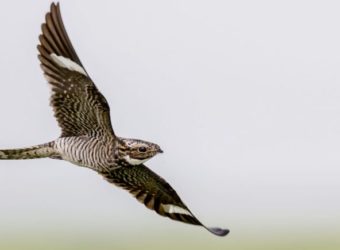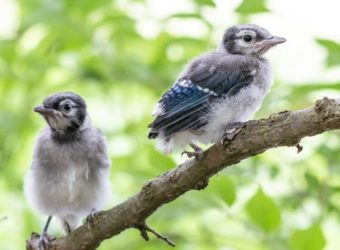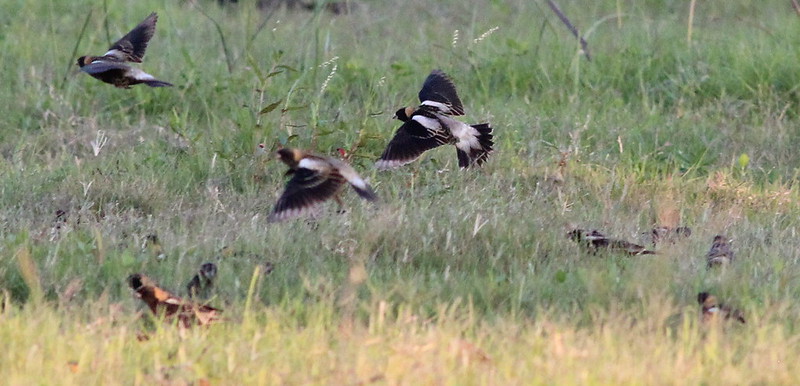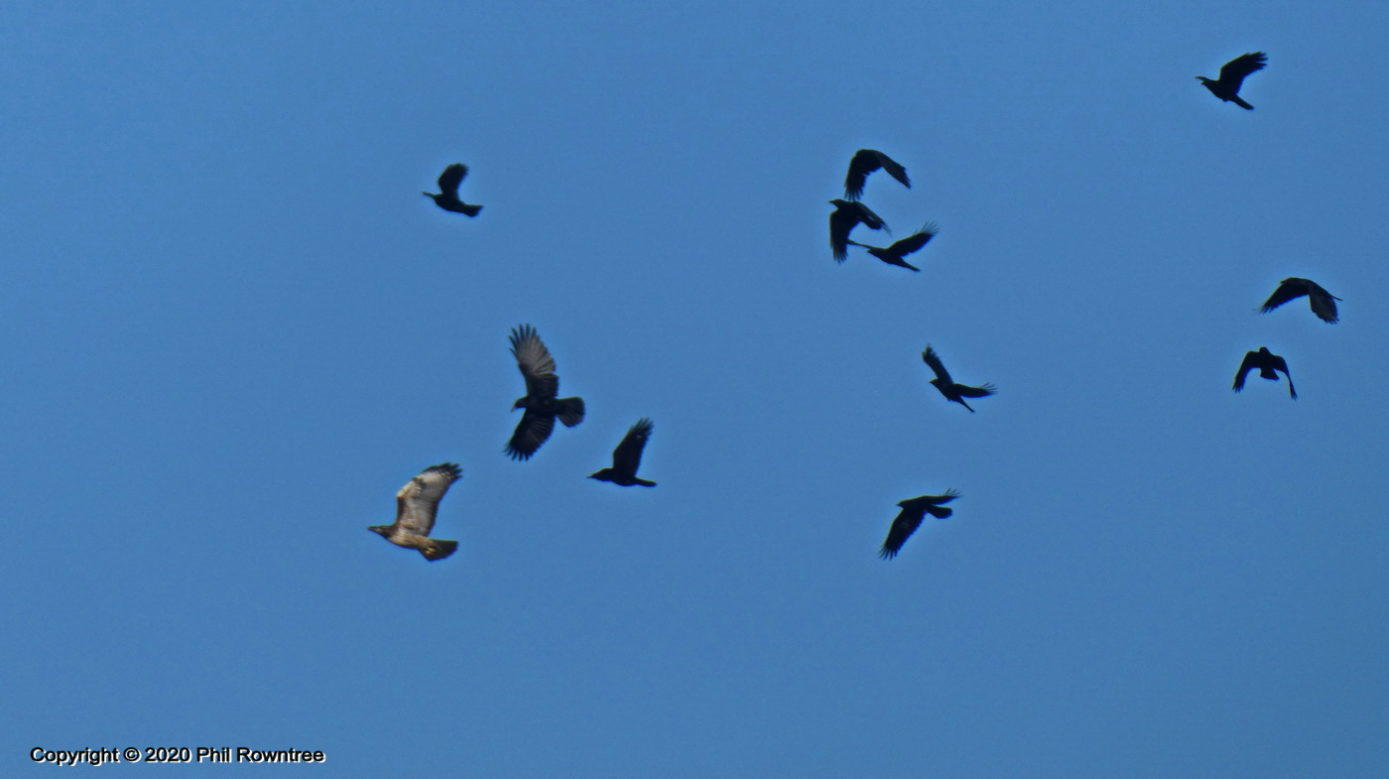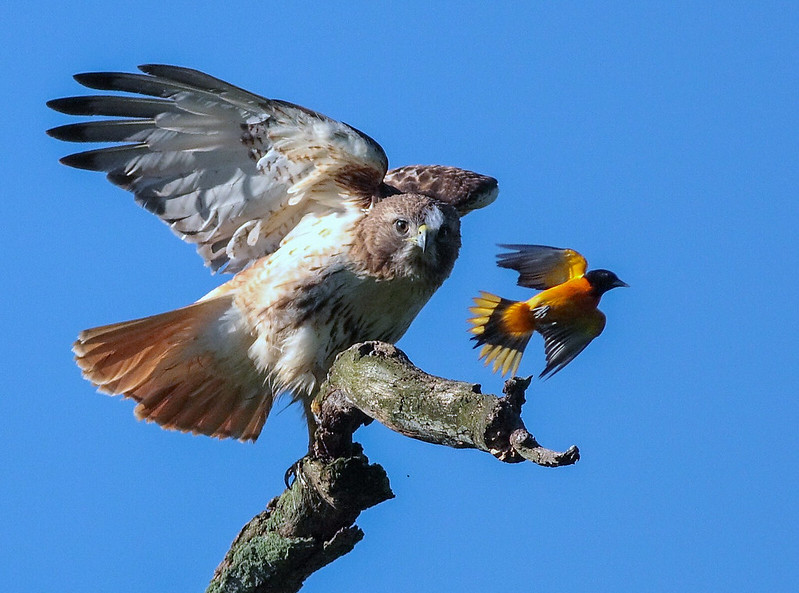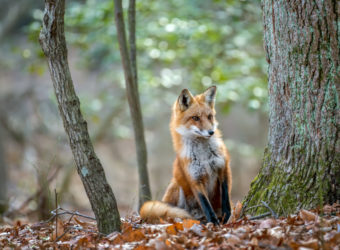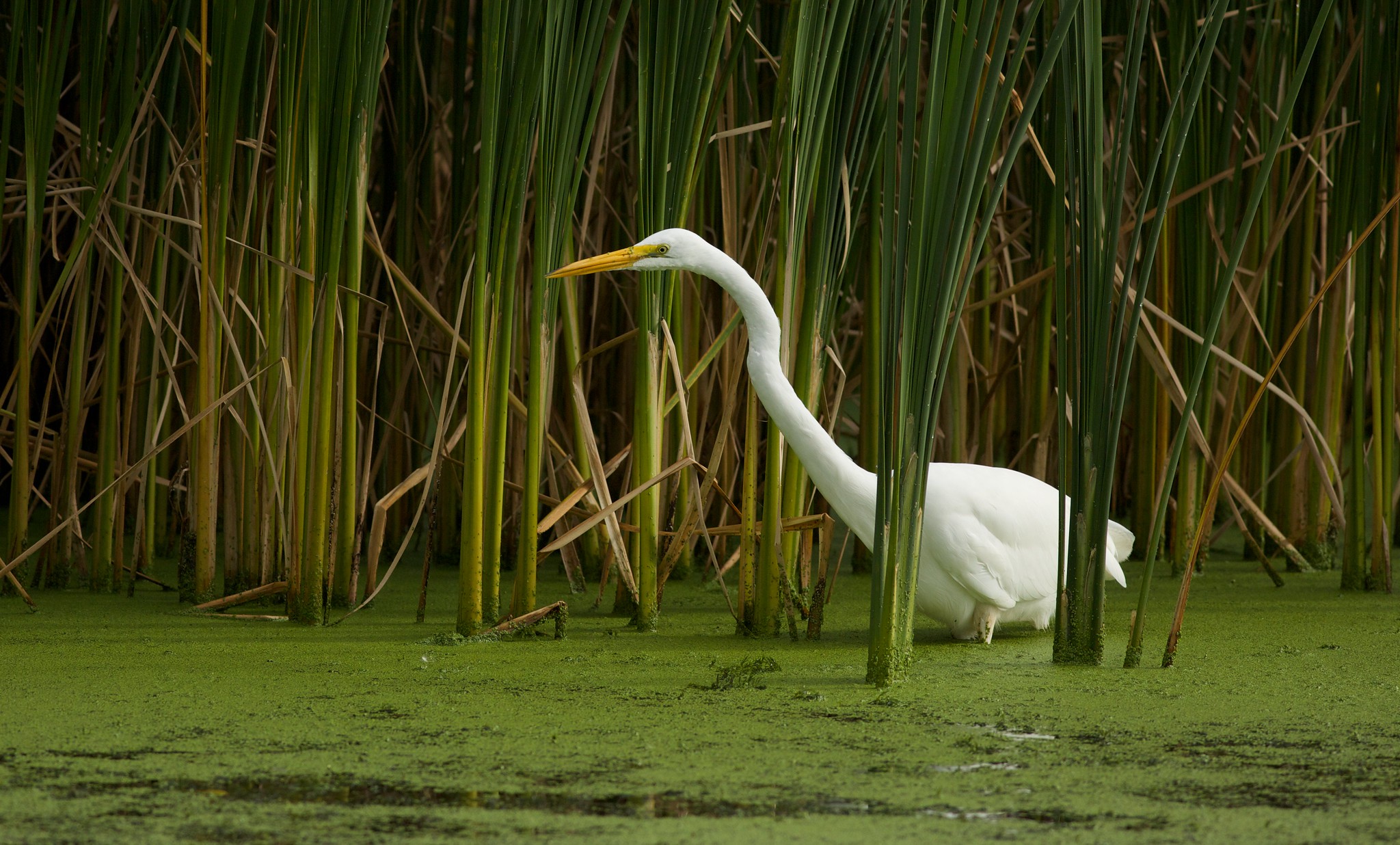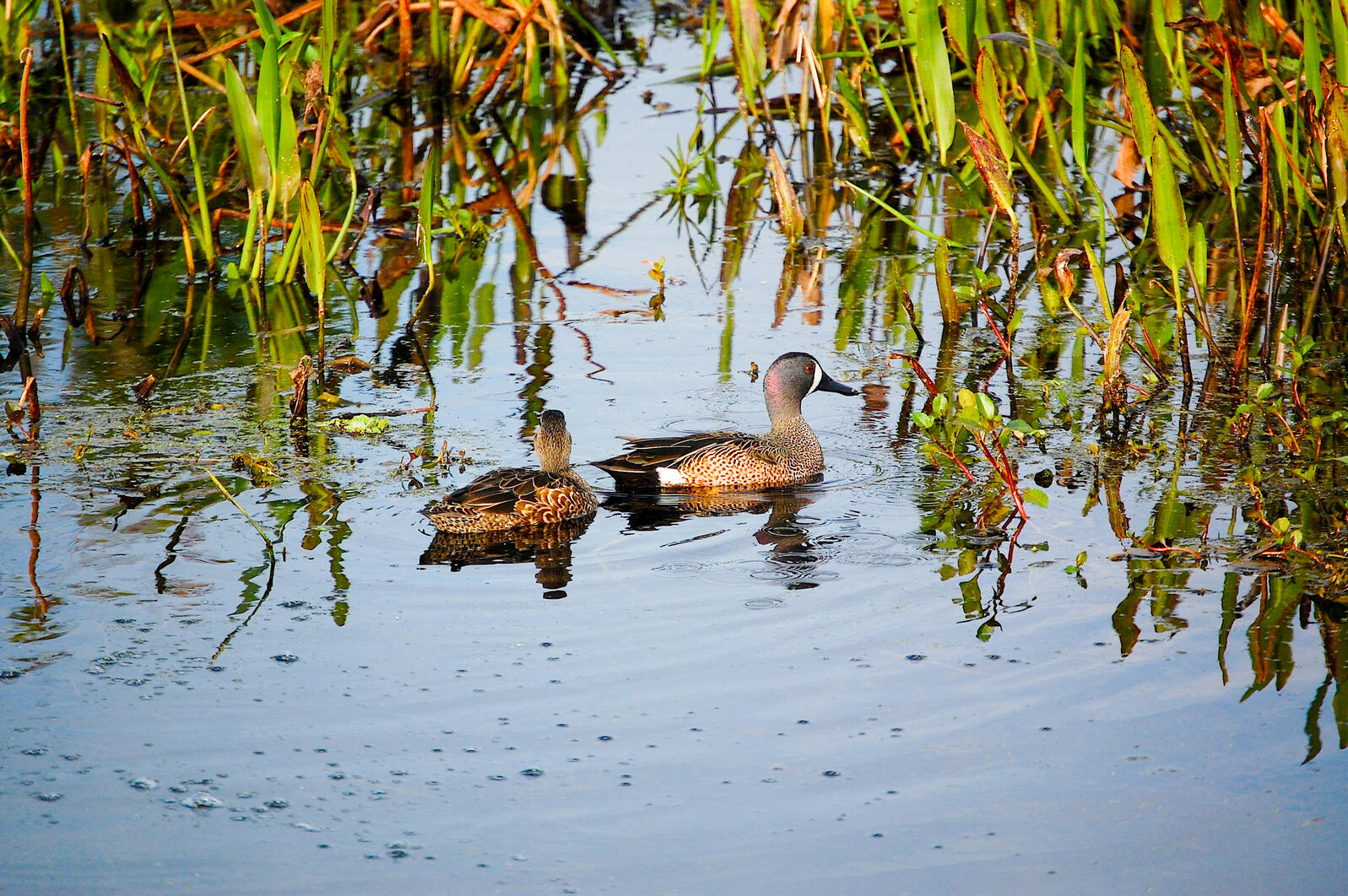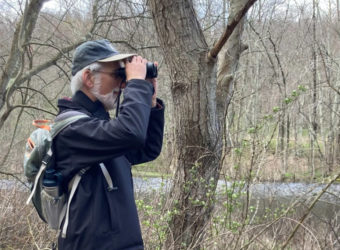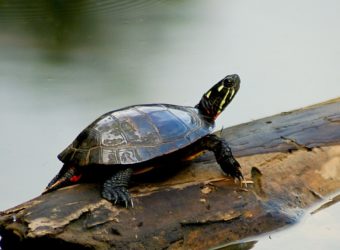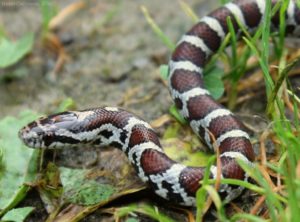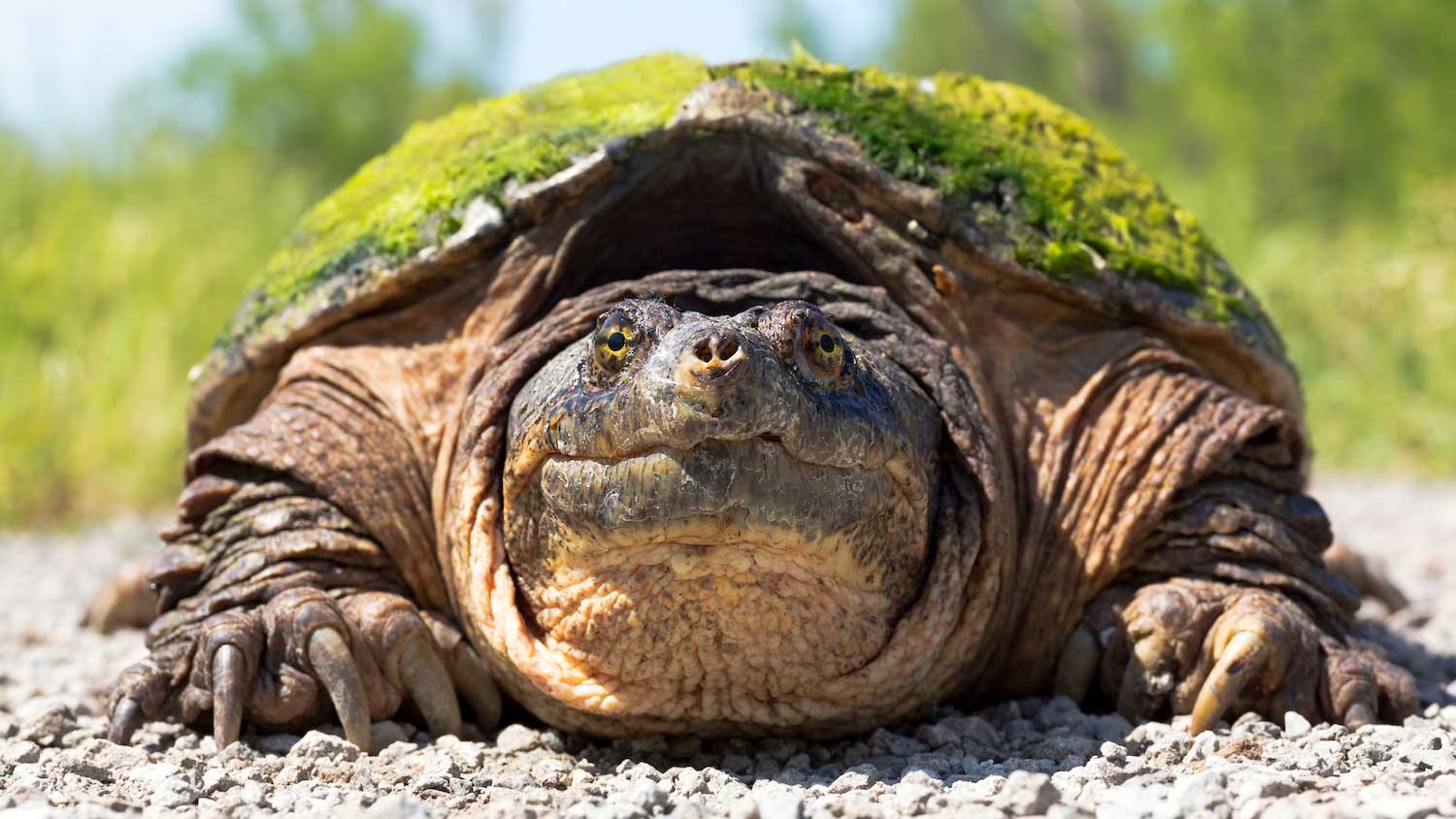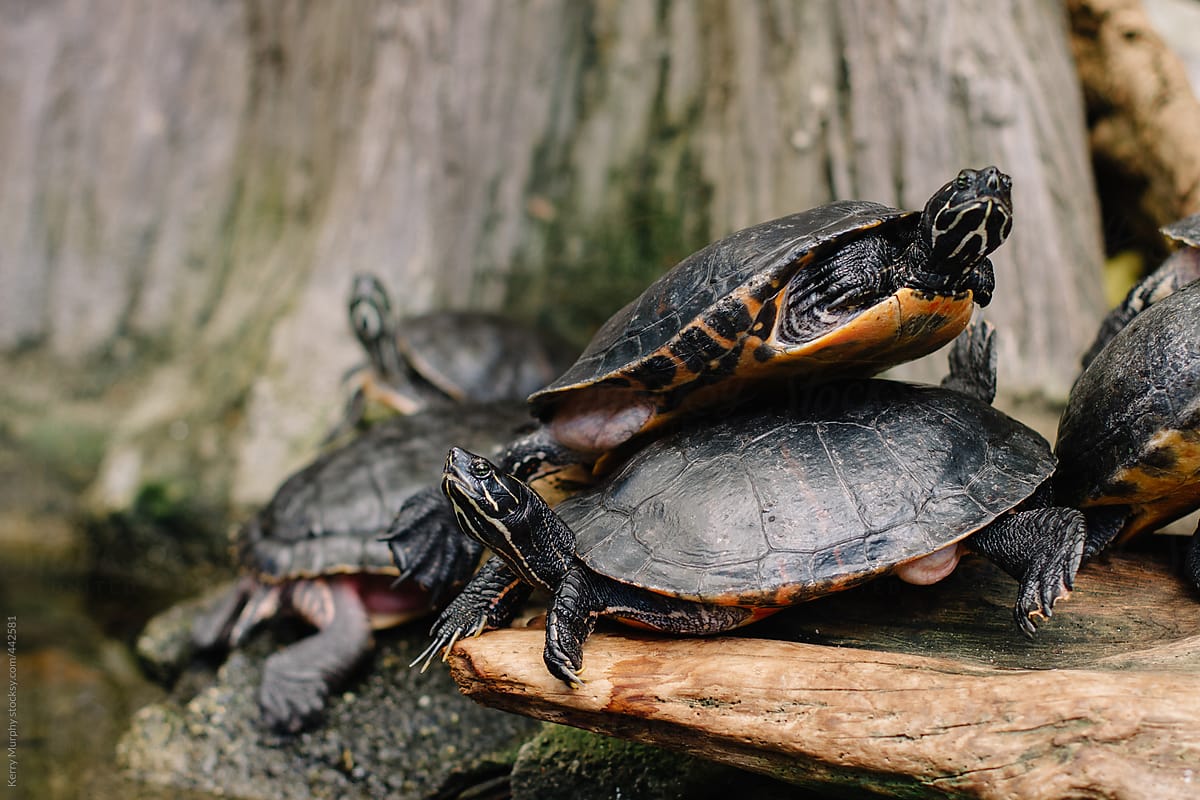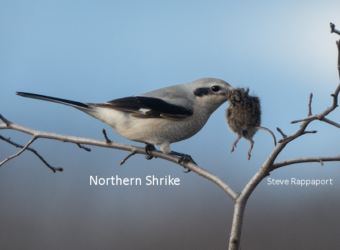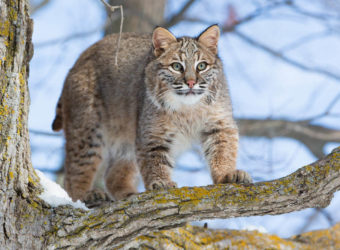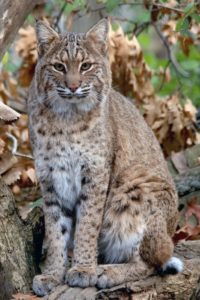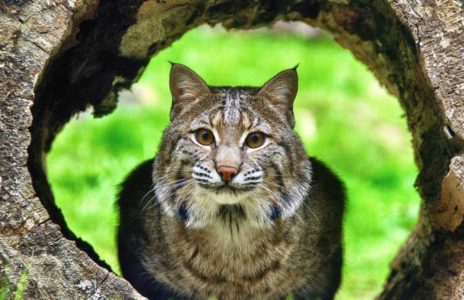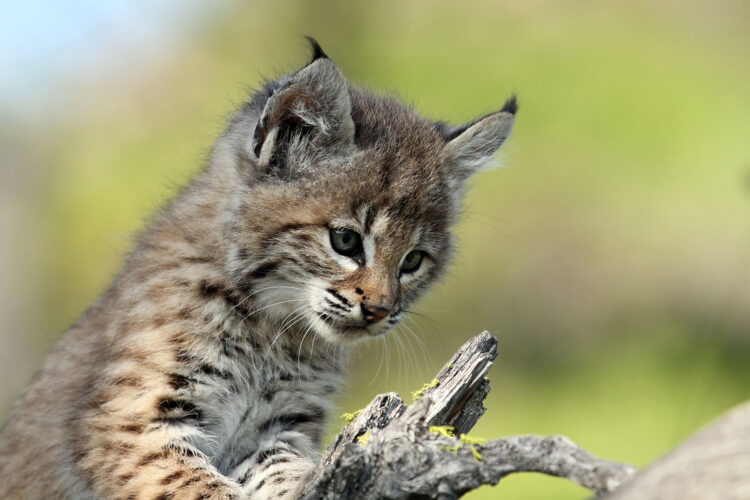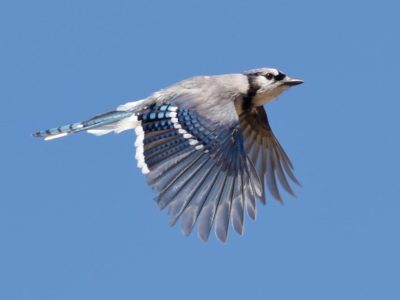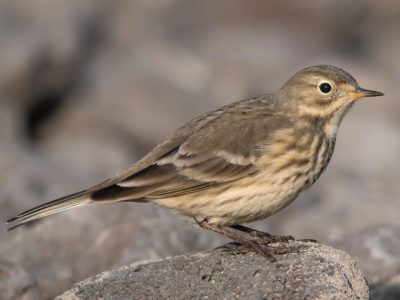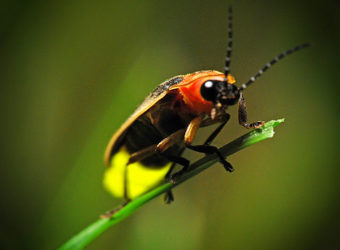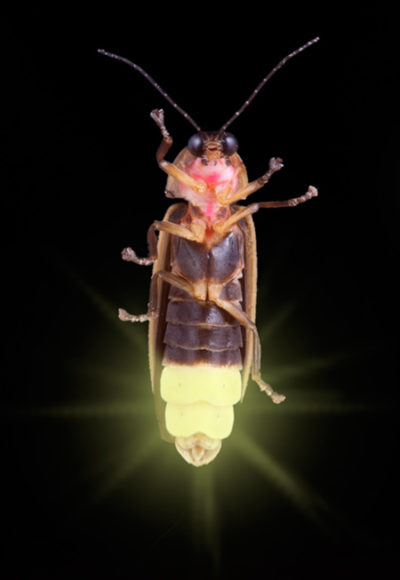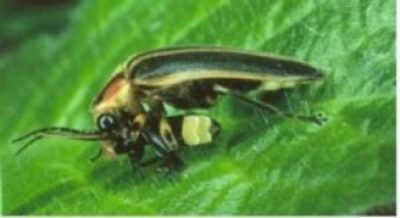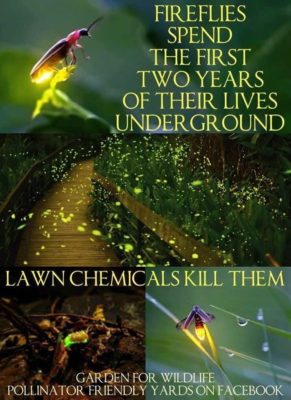Sunset Dance
The alert came in at around 6:00 in the evening: More than 200 migrating Common Nighthawks spotted flying past a nearby hawkwatch. Then, a few minutes later, a second alert: Dozens of nighthawks were flying over downtown Croton, near where I live.
Creatures of dusk and dawn, Common Nighthawks are among my wife’s and my favorite birds, and one we hadn’t seen in recent years. So the local report sent us outside to stand in the middle of our street, staring upward. (I can only imagine the looks we got from our non-birding neighbors!)
And there the nighthawks were: First one, then more—three a time, five—winging overhead. We recognized them instantly by their mottled gray, brown, and buff plumage, the white blazes out near the end of their long, angled wings, and their loose-jointed flight as they dipped and darted high above. It was a ghostly and wondrous sight.
As we were watching, we suddenly noticed something else: The nighthawks weren’t alone up there. Wheeling and diving among them were smaller dark birds with cigar-shaped bodies and sharply pointed wings: Chimney Swifts. And then yet another player entered the scene: Medium-sized bats flickering across the darkening sky.
And even that wasn’t all. Zipping back and forth just above the rooftops was a swarm of large dragonflies, their stiff, direct flight contrasting vividly with the skidding style of the swifts, the bats’ sudden shifts in speed and direction, and the tilting swoops of the nighthawks.
What we were seeing, in eerie silence as the sun set, was a feast. A gathering of four insect-eating creatures that represented three different animal kingdoms while sharing the same goal: Finding enough food to survive the coming winter.
The nighthawks had the longest journey ahead of them. They spend the summers as far north as northern Canada, nesting on gravel beaches, rocky outcrops, and open patches in the forest. (And, at least historically, on flat gravel rooftops in towns and cities, though they can’t use modern rubberized roofs.)
Rarely seen in more than ones or twos for most of the year, Common Nighthawks can travel in loose flocks numbering in the hundreds—even thousands—during fall migration. Their destination: as far south as Argentina, a journey of nearly 7,000 miles.
Unlike nighthawks, Chimney Swifts are communal most of the year, roosting and nesting in colonies (most often in chimneys) and migrating in flocks as well. If you happen to live near a roost site, as we do, you may be lucky enough to see them spiraling in a tiny tornado above their chosen chimney, with some disappearing down it each time they circle around.
Our local roost had seemed almost deserted for a week or more, so the Chimney Swifts we saw from the middle of our street were likely migrants from further north. Like the nighthawks, they winter in South America (largely in the Amazon basin), a distance that can exceed 3,500 miles. It’s quite the trek for a bird that weighs less than an ounce!
We weren’t sure which of New York’s nine species of bats we were seeing, only three of which migrate for the winter. (The other six hibernate closer to home.) It was fascinating to watch the bats effortlessly shift their speed and direction as they foraged for insects we couldn’t see in the dusk. When I was a child, I could hear the high-pitched chitter of the bats’ sonar as they homed in on their prey. But now I had to be content with admiring their remarkable hunting technique in silence.
The most unexpected participants in the evening feast were the large dragonflies, which stayed lower than the other three. (Perhaps because Common Nighthawks and some bats eat dragonflies!) The ones we saw were almost certainly Common Green Darners, among only a few dragonfly species that migrate, often in impressive swarms.
Green Darners have a fascinating life cycle. These had been born in ponds and lakes in the Northeast and were heading to the warmer parts of North America for the winter, but that’s the only straightforward part of their journey.
Once they reach their winter homes, they’ll mate. The females will lay their eggs in ponds, and then all the adults will die. The aquatic nymphs that emerge from the eggs (fierce, wingless predators that bear little resemblance to the adults) will live in their ponds for months—sometimes years—before transforming into adults.
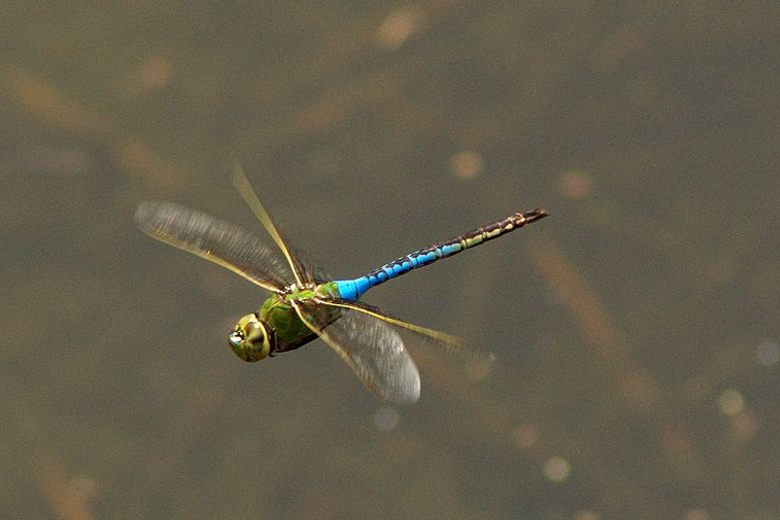
Some of these new adults will then migrate back north. Others, though, will stay where they are, breeding, laying eggs, and dying, leaving it to the next generation to take the return journey. Regardless, the dragonflies that make the trip somehow know how to find their northern breeding grounds without ever having been there before.
Once arriving in our area, Green Darners will go through the same process: breed, lay eggs, die. The nymphs will hatch, and while some will stay in this form for a year, others will become adults the same summer to head back south.

Nighthawks, swifts, bats, and dragonflies differ in so many ways. But one thing unites them: Complex, infinitely challenging survival strategies whose success seems almost miraculous. Yet succeed they do, year after year, even in a world that seems ever harsher and more unwelcoming to them.
As we stood in the middle of the street, though, we weren’t thinking about any of this. Instead, we simply felt fortunate to witness the silent spectacle taking place above our heads. This stunning sunset dance, where each performer seemed to be attuned to an intricate melody they alone could hear, while we earthbound humans could only watch and marvel.
Copyright © 2023 by Joseph Wallace
